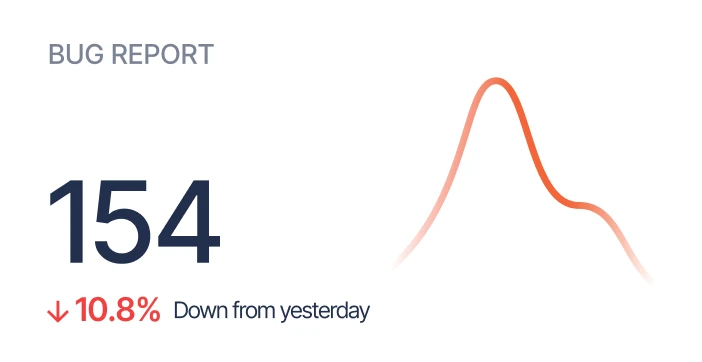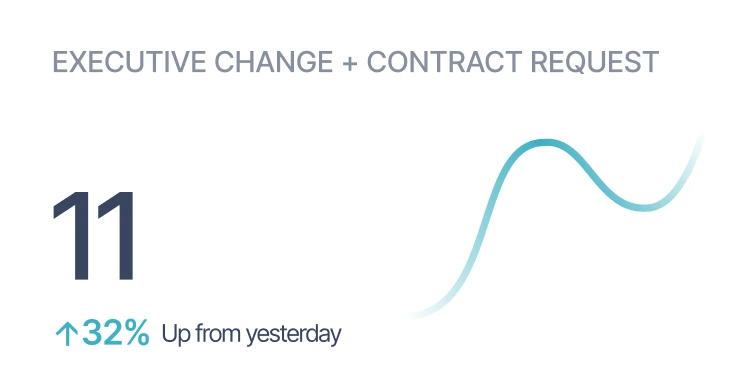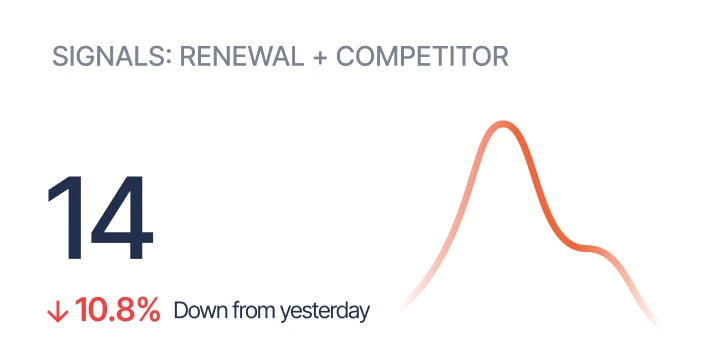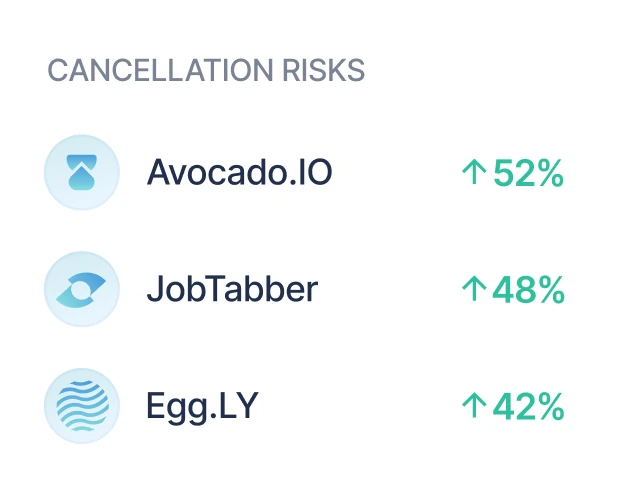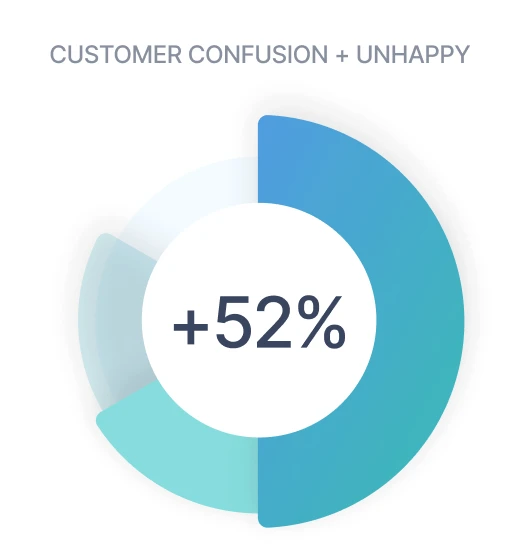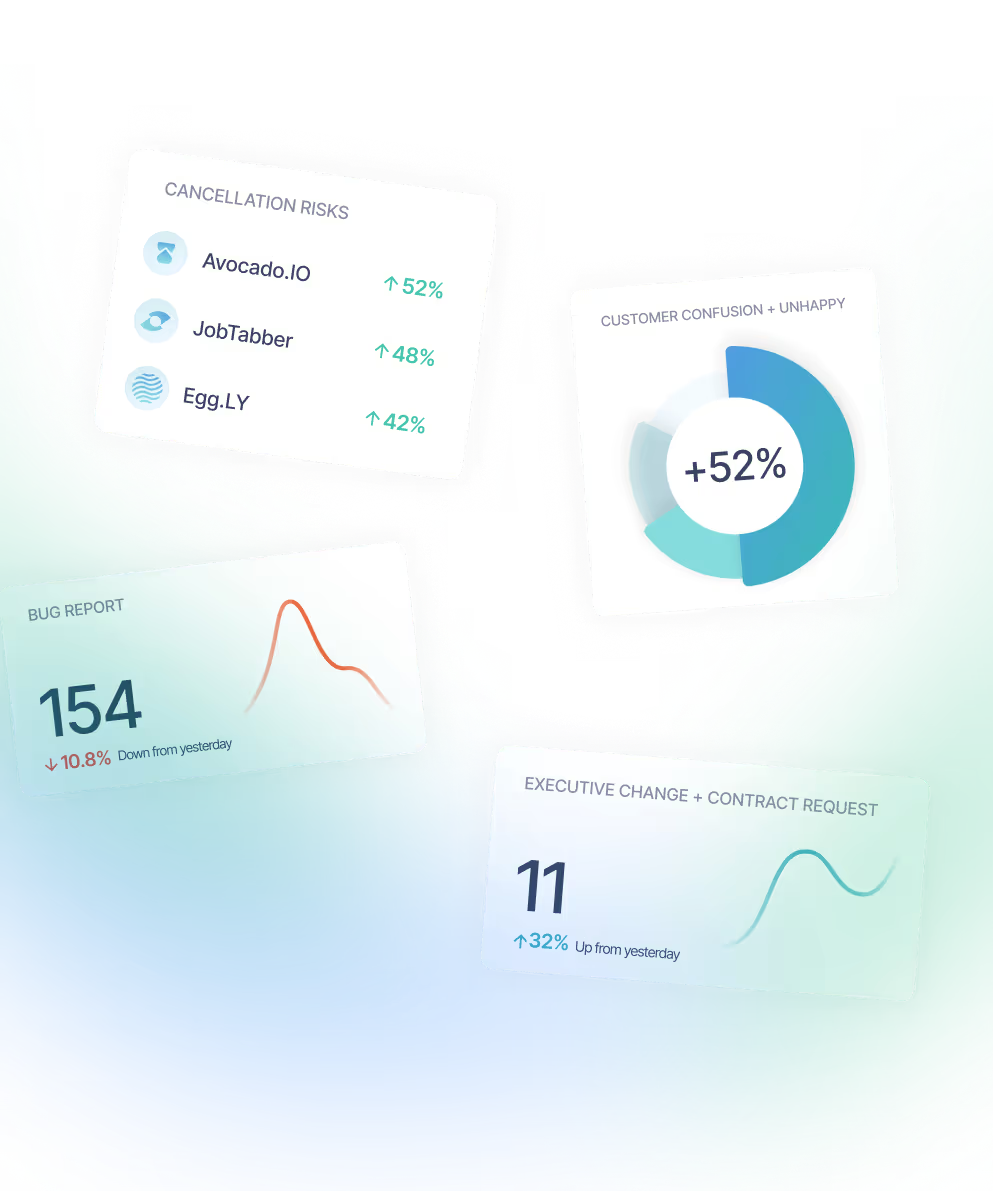We’re in the decade of data. Data products like Snowflake, AWS, Azure, and Google Cloud have created more market cap than any other segment of SaaS in the last five years. Unfortunately, the ripple effects have been slow to reach every business unit, especially customer experience teams — couple this with macroeconomic malaise, layoffs, and customers’ changing needs. The demand for deeper customer insights will be a top priority for B2B SaaS companies in 2023.
Dirty data continues to be a drag.
Let’s face it; when you don’t believe in the data, you quickly lose faith and are often forced to rely on your intuition to make decisions. The old expression “garbage in, garbage out” was coined nearly 50 years ago. However, we still struggle with data quality or what we refer to as dirty data. Dirty data is inaccurate, incomplete, or inconsistent data sets.
So what stands in the way of gaining more timely and accurate customer insights? You guessed it — dirty data. Brian Hall, President & Founder of Carema Consulting, states, “Dirty customer data is the biggest threat to successfully realizing a land & expand strategy.” Here’s how dirty data plays out for many customer experience teams. The current customer health score shows the customer is green. Usage levels are normal. The account manager had no risks flagged, but there’s no connection to the ticketing system to let the AM know there has been a spike in tickets over the past two weeks. Disconnected data. Unmatched data. Dirty data makes it nearly impossible for many teams to identify the early warning signs associated with risks.
Your customers aren’t going to tell you it’s about the data when they complain. Dirty data certainly isn’t going to show up in survey responses. But bogus data is the root cause of your customer problems.
In 2022, the team at Sturdy spoke with over 100 CX leaders and attended several CX-focused conferences. What we heard was consistent — teams don’t have the correct data to look through the windshield. Instead, we are still looking through the rearview mirror. Here are some of the most common challenges. Sound familiar?
1. The focus is on retention, but there’s a lack of available data to identify risks consistently.
2. Everyone wants higher unit margins, but most fail to employ automation effectively.
3. More teams want to leverage customer data, but reliable sources are scarce.
You probably saw plenty of 2022 predictions about sexier topics. “This is the year of digital transformation!” “The year of value creation!”
While those things are essential, it’s just lip service without the right data. I predict that the data decade will continue roaring in 2023, fueled by the further adoption of data management solutions and the growth of Customer Intelligence Platforms. Such platforms will turn data into the insights teams need to create more long-lasting customer relationships.
Here are the top trends I am watching for in 2023.
Dirty customer data gets its day.
Dirty customer data is the root cause of most customer-related issues. And to compound the pain, tech solutions that would typically solve data issues, like artificial intelligence and machine learning tools, require access to accurate, high-quality data. The old chicken and the egg problem.
This year we’ll see more B2B SaaS companies taking a more strategic and systematic approach to customer data management. While it will primarily be a people and process challenge, more customer intelligence companies will enter this space, especially as the need for tools to provide solid data quality and analytics solutions continues to grow.
Customer data democratization grows.
More businesses will adopt customer intelligence solutions to provide self-service-oriented insights across multiple business units. The trend here will take the pressure off traditionally under-resourced CX leaders to be the clearinghouses for all post-sale customer-related data.
This year BI and CX ops teams will focus on building new analytical frameworks with corresponding data. Product teams will start to have access to the unbiased, unabridged voice of the customer. Marketing teams will more intelligently identify customers willing to be priceless advocates.
Data-driven insights overshadow surveys.
More and more, a leading B2B CX strategy is to use data to discover what customers are doing and saying every day instead of focusing on surveys. Like many metrics we use today, interviews and surveys rely on customers’ recollections, which are always backward-looking and biased. Data-driven insights provide an impartial lens into customers’ actual words in near real-time.
I predict more leaders will dispense with the survey charades. We’ll see more teams begin to rely on insights derived from customer ecosystem data to identify risks and opportunities to improve the customer experience.
The activation of AI-fueled automation.
Automation is the future for many business units. As more mundane tasks are automated by machine learning and AI, humans have increasingly more time to devote to developing relationships with customers. AI can also simplify data unification by providing more streamlined, intelligent processing.
With its ability to comb through big data sets like customer emails and tickets at faster speeds, AI-forward Customer Intelligence Solutions will enable leaders to service the one-to-many segments successfully. Brian Hall exclaims, “email and tickets represent a largely untapped treasure trove of customer insights for B2B SaaS companies. Those companies that leverage these insights have the best chance to consistently grow customer lifetime value.”
Get ready to leave dirty data in the dust.
Over the last few years, we have seen some paradigm-shifting evolutions in data technology. The near ubiquity of unified data management systems (data cloud products as described above) has made it possible for many of us to collect, combine and consume new data sets.
Businesses will put a dent in dirty data this year, driven by AI-fueled innovation. Here is how:
• More business units will benefit from customer intelligence solutions that provide democratized customer insights.
• The unabridged, unsolicited voice of the customer will ring with accuracy, replacing the stagnant straw polls and surveys that teams have long relied on.
• AI will surface contextual data in real time, making automation a reality for scaled customer experience teams.
Data-driven power shifts are redefining customer experience. It doesn’t matter if your business has bought into them yet, the shifts are happening either way. 2023 is the year that many CX leaders will start to leave dirty data in the dust.

.png)





